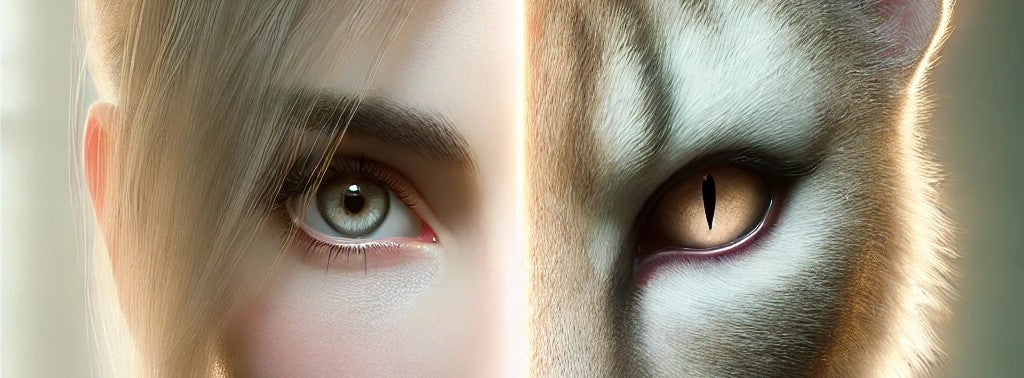
The Evolutionary Necessity of Violence: My Perspective
Share
In my psychology class, we’ve been discussing violence and its role in human behavior, particularly how to control anger and diminish violence as a society. One of our exercises was to answer some questions about violence, its necessity, and how we, as a human race, can curb or diminish it. While writing my paper, I explored the idea that violence might actually be a necessity—not just for survival but also as part of our evolution. (You can view my TikTok video of this concept before it was fully fleshed out below.)
Violence as Mental Preparation
One of the points I made in my paper is that seeing violence, especially in media, might serve as a form of mental preparation. This idea relates to the concept of vicarious learning, where people learn by observing others. For example, Bandura’s Bobo Doll experiment shows how children can learn aggression simply by watching others act violently. While this often raises concerns about the negative effects of violent media, it also highlights how humans adapt to their environments by mentally rehearsing potential scenarios.
From an evolutionary perspective, I think being mentally prepared for violence could have been crucial for survival. Our fight-or-flight response, which is controlled by the amygdala, primes us to act in dangerous situations. Even though we might never encounter real violence, being exposed to it in controlled environments like TV or movies could help us prepare for potential dangers.
Evolution and Predation
Another idea I brought up is whether humans might be evolving into a more predatory species because of how much we’re exposed to fear, threats, and violence—whether through media or real-life events. I know this might sound counterintuitive since most people think evolution is about moving away from harmful traits, but it’s worth considering.
Predatory traits, like aggression or heightened protective instincts, are often adaptations to competitive or dangerous environments. For example:
- Cats evolved sharp teeth and hunting instincts to survive as predators.
- Humans started out more as scavengers, but over time we developed weapons and hunting strategies to survive in a competitive world.
I wonder if the constant fear we experience from things like the news could be pushing us to adapt in a similar way. Even though we live in a world with laws and relative safety, we’re constantly bombarded with stories and images that trigger our survival instincts. It’s almost like our brains are still responding as if we’re living in an environment where threats are everywhere.
Balancing Morality and Evolution
One of the things I wrestled with while writing my paper is the conflict between morality and evolution. As humans, we tend to see violence as bad because of our morals and ethical values. But evolution doesn’t work on a moral scale—it’s about adapting to survive. For example:
- Chimps, which are closely related to us, display organized violence in inter-group conflicts. It’s brutal but helps them secure resources and mates.
- Humans have developed systems of law and order, which are meant to reduce violence and reflect our moral progress.
Still, I can’t help but wonder what would happen if societal norms broke down. Would those predatory instincts become more pronounced again? It’s a little unsettling to think about, but it seems possible that our environment could push us in that direction.
Evidence and Counterarguments
I know this theory might sound extreme, and there’s evidence that challenges it. For instance:
- Steven Pinker’s book The Better Angels of Our Nature argues that violence has been declining for centuries thanks to better governance, trade, and empathy.
- Our brains are highly adaptable, and with neuroplasticity, we can reshape behaviors, including aggression, through education and positive reinforcement.
On the other hand, I see signs that external pressures, like political polarization and constant media fearmongering, could be fostering more protective and predatory behaviors in modern societies. It’s a lot to think about.
Conclusion
This whole exercise has made me reflect on the complicated relationship between violence, evolution, and morality. I believe violence might not just be a necessity for survival but also a driver of evolution in certain contexts. The challenge, though, is finding a way to harness those survival instincts while continuing to promote cooperation and ethical progress. I think the balance we strike will ultimately shape how we evolve as a species.
Sources
- Bandura, A. (1977). Social Learning Theory. Prentice-Hall.
- Pinker, S. (2011). The Better Angels of Our Nature: Why Violence Has Declined. Viking.
- Sapolsky, R. (2017). Behave: The Biology of Humans at Our Best and Worst. Penguin Press.